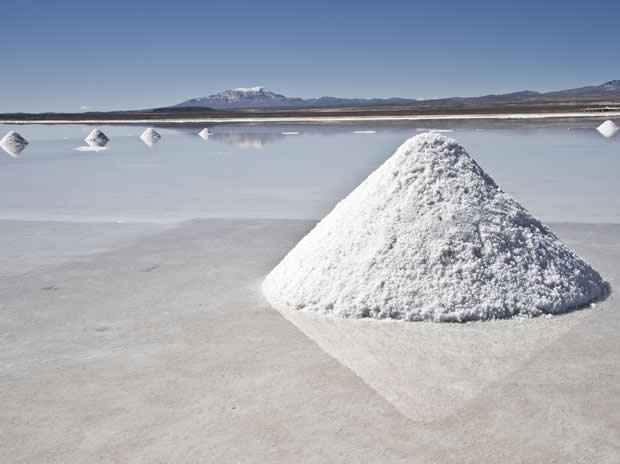Lithium deemed a strategic resource in Chile

Country Risk Chile provides fresh insight into one of its five political risks and opportunities for 2016, “economic resilience,” by discussing Chile’s latest developments in the lithium industry. This analysis points to the country’s usual resilience on rainy days and the governmental vision to diversify the export matrix during an economic slowdown affecting Latin America and Chile. In that sense, we see governmental action on the opportunity side associated with the risk produced by external shocks and macroeconomic conditions affecting economic performance.
In January 2016, President Bachelet announced new legislation to promote, protect, and establish lithium as a natural resource of strategic importance for Chile. In that regard, Michelle Bachelet announced on Monday, Jan 25th, 2016, “joint efforts between Codelco (Chile’s state-owned copper industry) and CORFO, the Corporación de Fomento a la Producción, the Government’s development agency to foster production, to carry out exploration and exploitation projects, allocate resources to that end, and establish new legislation to protect Chile’s almost 57% of global lithium reserves”. Bachelet’s announcement has been made amidst the end of the commodities boom, with a low-record copper price - USD 2 - and an appreciated dollar. In the President’s own words, Chile “cannot depend on a limited export matrix based solely on raw material” - referring to Chilean copper exports for state revenues mainly.
CODELCO’s board has established a calendar on exploration and exploitation bids in the Atacama region, where the Maricunga and Pedernales salt lakes are, where CODELCO will be a significant shareholder.
Lithium may well be considered one of the future sources of energy. It is clean and efficient. It is also used for medical purposes. But today, Chile’s coming second - after Australia - in terms of reserves and production to supply global markets makes lithium a "strategic” resource to offset the fall in copper sales and prices at the end of the super cycle. According to the US geological survey, it is 57% of global resources or 7,5 million production, roughly 13 mt, which can boost Chilean production to be the second largest provider of lithium worldwide. The USA remains the world's leading producer of value-added lithium compounds and the largest lithium consumer.
The Government estimates that the lithium industry will grow from 95 mt per year to roughly 250 mt by 2020, and it is widely used in nuclear fusion reactors, lithium-battery components, aluminum production, and electric cars, among other uses. In 2014, Bachelet established the Lithium National Commission to design new policies on this natural resource.
It is worth noting that the leading lithium producer is Chile's privately-owned SQM (Sociedad Quimica y Minera) in the hands of Ponce Lerou, Pinochet's former son-in-law, which overtook the US lead in worldwide production in 1998.
The governmental move has already translated into a joint venture between CODELCO and Rockwood in February 2016. Rockwood will invest USD 400 M to USD 600 M to boost production of lithium carbonate from 24 mt to 70 mt in the Atacama region. Rockwood Litio Ltda will pay Chile between USD 70 M and USD 100 M every year via royalty tax, which in the case of lithium will be around 40%, and in the case of potassium, the tax will be around 20%. The new regulatory legislation has an additional standard regarding new value-added natural resources, D&R programs, and cooperation with local communities.
According to legislators, Chile must also aim to manufacture lithium battery components.
These developments align with the 25-year cycle of political stability and growth targets in the democratic transition and reinforce the usual pragmatism and offensive strategy displayed through policymaking by the Chilean state.
For more information, read Bachelet's announcement and the Corfo-Rockwood deal.
March 2016. Soledad Soza
